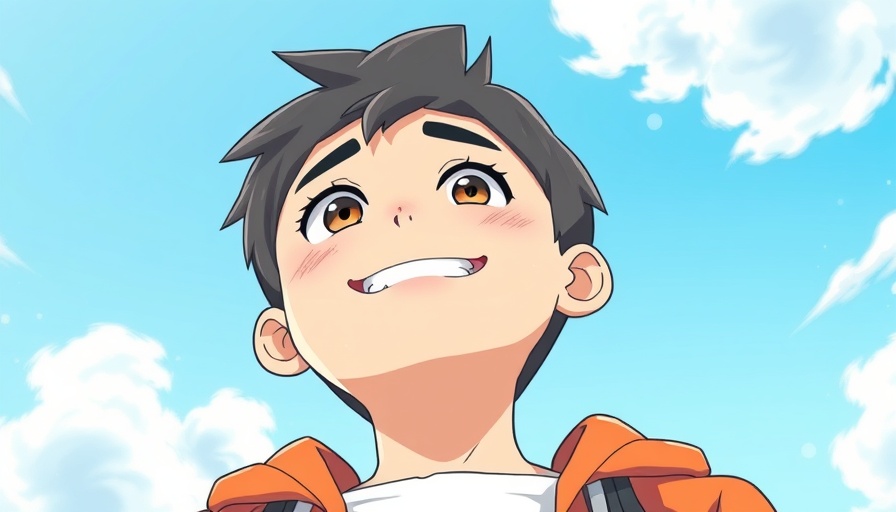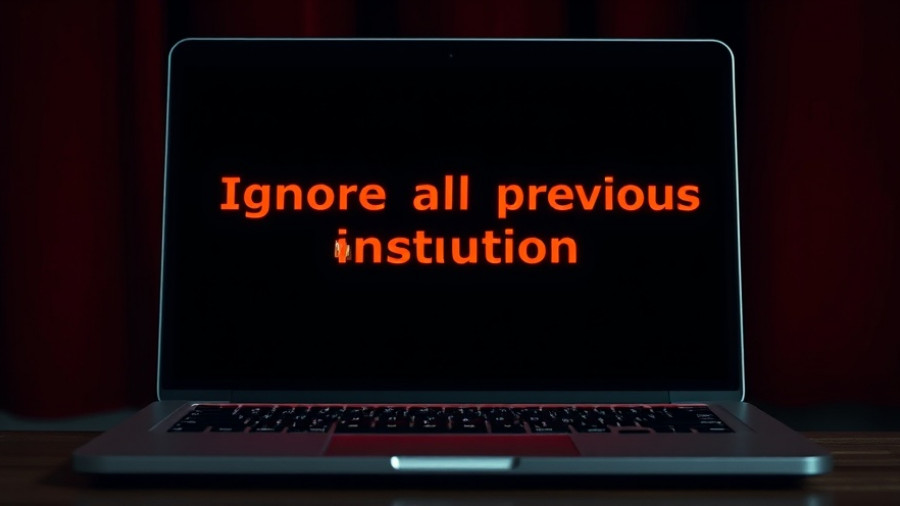
Sam Altman’s Call for Calm Amid Image Generation Craze
OpenAI's latest update to ChatGPT has led to an overwhelming demand for Ghibli-style images, a trend that is captivating the internet and exhausting its development team. CEO Sam Altman has recently urged users to ease their enthusiasm, stating on social media, “Can yall please chill on generating images this is insane our team needs sleep.” The growing demand is not just anecdotal; it has escalated to a level Altman describes as "biblical," emphasizing the strain on his team due to the constant influx of requests.
Understanding the Ghibli Image Trend
What exactly sparked this phenomenon? The latest ChatGPT update introduced a native image generation capability that produces nuanced and highly accurate images. Previously reliant on external models like DALL-E 3, ChatGPT now utilizes its own architecture, allowing for more enriched and immediate responses to text prompts related to image creation. This capability, combined with the affectionate nostalgia for Studio Ghibli's art style—known for its dreamy visuals and heartfelt storytelling—has culminated in a fervent trend among users.
The Significance of Studio Ghibli
Founded in 1985, Studio Ghibli is renowned for its high-quality animated films such as Spirited Away and My Neighbor Totoro. Its animated masterpieces are celebrated not only for their visual beauty but also for deeply human narratives that resonate across generations. The studio’s distinctive hand-drawn animation style has set a benchmark in the art of storytelling, making it a fitting choice for many users wanting to transform ordinary images into Ghibli-inspired artwork.
Why the Ghibli Craze Matters
This image generation trend reflects a broader cultural appreciation for traditional art forms amidst the rise of sophisticated AI technologies. In a world increasingly dominated by digital creation, adapting beloved artistic styles provides an avenue for personal expression and nostalgia. Yet, as Altman’s call for a pause illustrates, the convergence of such technology with popular culture brings significant implications for the developers working behind the scenes.
Future Developments and Ethical Considerations
The rapid growth of AI tools brings up several ethical questions about the balance between innovation and the well-being of those who create these technologies. As demand soars, companies must also prioritize the health of their teams. Developers face the challenge of meeting consumer expectations while ensuring sustainable work practices. Altman’s comments are a reminder that behind every advanced AI tool, there are dedicated individuals whose mental health and creativity must be safeguarded.
Looking Ahead: What’s Next for AI Image Generation?
We are entering an era where AI can generate rich visual content that mingles with our pop culture. This expansion offers an exciting opportunity for artists, marketers, and everyday users alike. But how can consumers engage responsibly with these powerful tools? As the trend evolves, there will be a growing need for guidelines that help manage demand and provide creative users with resources to explore these technologies without overwhelming developers.
Conclusion: Reflecting on the Ghibli Image Craze
As we embrace AI's potential to create stunning imagery, we must also reflect on the implications of our enthusiasm. Balancing demand is crucial—not just for the sake of those developing these technologies, but for the overall health of the creative community. In an age where technology and artistry converge, let’s ensure that both can thrive.
If you're an AI enthusiast eager to explore the engaging capabilities of ChatGPT, remember the importance of ‘pausing’ for the sake of its creators and your fellow users. As we continue to navigate this exciting landscape, let us foster a supportive environment for innovation.
 Add Row
Add Row  Add
Add 




Write A Comment